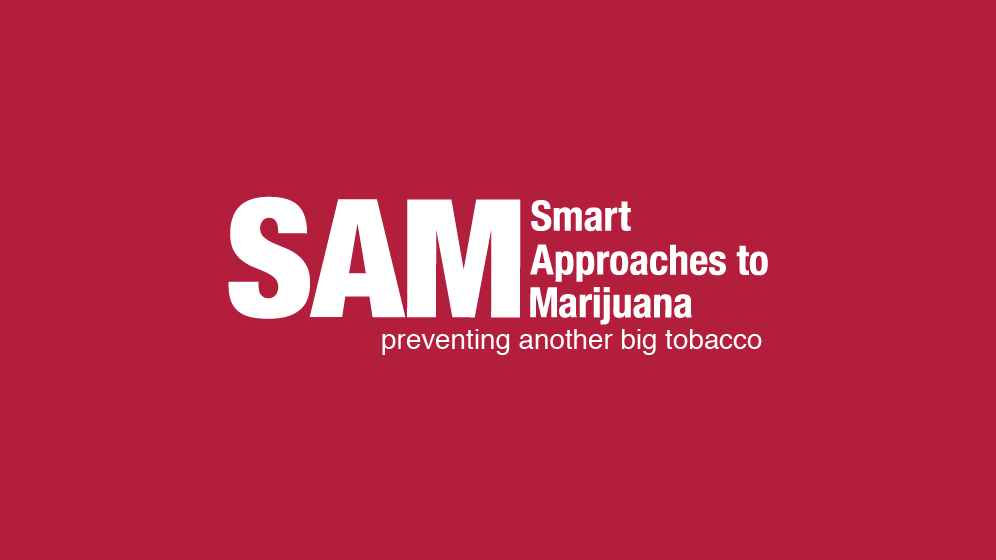
NEW ILLINOIS MASON-DIXON POLL SHOWS
LARGE MAJORITY OPPOSES LEGALIZING RECREATIONAL MARIJUANA
Poll finds only 23% support the legalization of recreational marijuana; 69% want other options such as maintaining current decriminalization law
CHICAGO – The majority of voters in Illinois oppose legalizing recreational marijuana, according to a recent poll conducted by Mason-Dixon and paid for by SAM Action, a non-profit organization sponsoring Healthy & Productive Illinois.
According to the poll, which is one of the first to distinguish between decriminalization and legalization, only 23 percent of Illinois residents 18 and older approve of legalizing recreational marijuana use and sales when given a choice. The majority of residents, 69 percent, want to maintain current decriminalization laws, repeal medical marijuana, or keep recreational marijuana illegal. Marijuana possession in Illinois is currently subject to a civil violation.
“The message from the people of Illinois to their representatives is clear–they do not want Big Marijuana to profit at the expense of their communities and families,” said Kevin Sabet, PhD, founder of SAM Action, whose project, Healthy & Productive Illinois, is comprised of Illinois parents, organizations, and businesses concerned with the impacts of today’s highly potent marijuana. “Furthermore, since legalization in Colorado, more black and Hispanic youth have been arrested for pot. Social justice is not being served by any measure.”
The poll also found 47 percent of Illinois residents would like to keep marijuana laws just as they are.
“This poll clearly indicates my fellow Illinois residents are deeply concerned about the public health effects of marijuana legalization in our state. No tax dollars are worth the price of our families and communities,” said Dr. Aaron Weiner, a member of Healthy & Productive Illinois. “Kids’ brains are particularly vulnerable, and today’s high THC pot can affect learning and a host of other issues. We do not need to add to our opiate and alcohol problems by increasing the access and availability to another drug.”
#####